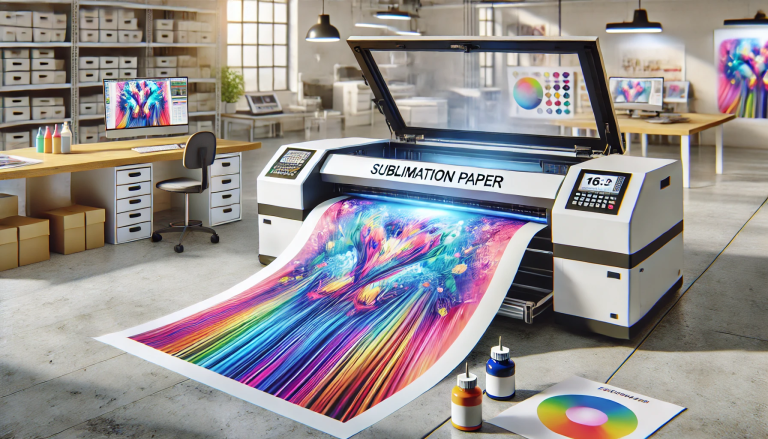Sublimation printing, a popular technique in the textile and graphic industries, is renowned for its ability to produce vibrant, full-color images on various materials. Traditionally, this process involves transferring designs from special sublimation paper to a substrate, usually light-colored fabrics or objects. However, a frequent question arises in the world of sublimation printing: Can dark transfer paper be effectively used in this process? This article delves into the feasibility, challenges, and potential techniques of using dark transfer paper in sublimation printing.
Sublimation Printing: A Brief Overview
Before addressing the main question, it is crucial to understand the basics of sublimation printing. Sublimation involves converting a solid (in this case, dye) directly into a gas without passing through a liquid stage, using heat and pressure. This process requires specific sublimation inks and a heat press. The inks, when heated, turn into gas and permeate the substrate, solidifying upon cooling. This technique is ideal for polyester or polymer-coated materials.
The Challenge with Dark Transfer Paper
The primary challenge in using dark transfer paper for sublimation lies in the nature of the sublimation process itself. Sublimation inks are translucent. This means they rely on the background color of the substrate to show their true colors. On a white or light background, these colors appear vivid and bright. However, when applied to a dark surface, such as dark transfer paper, the colors lose their vibrancy and may not show up at all. This is a significant hurdle for those looking to sublimate designs onto dark fabrics or materials.
Potential Solutions and Techniques
Despite the challenges, there are ways to work around the limitations of sublimating on dark backgrounds:
- Specialized Transfer Papers: There are transfer papers designed specifically for dark fabrics in traditional heat transfer printing. These papers have a white or opaque layer that acts as a barrier between the ink and the dark fabric, allowing colors to stand out. However, their compatibility with sublimation inks varies, and results can be unpredictable.
- Using a White Base Layer: One technique involves applying a white base layer on the dark substrate before sublimation. This can be done using a white inkjet printable vinyl or a similar material. The sublimation ink is then applied over this white layer, allowing the colors to show up against the dark background.
- Hybrid Printing Methods: Combining sublimation with other printing techniques, such as vinyl or screen printing, can yield results on dark materials. For instance, a design can be partially sublimated and partially applied with vinyl, especially for areas requiring bright or white colors.
Considerations and Best Practices
When attempting sublimation on dark transfer paper, consider the following:
- Test Printing: Always conduct test prints to adjust the color output and heat press settings, ensuring the best possible result on dark substrates.
- Ink Quality: High-quality sublimation inks are crucial for achieving vibrant colors, even more so when working with dark backgrounds.
- Material Compatibility: Ensure the material of the substrate can withstand the heat and pressure required for sublimation and has been properly treated if necessary.
Conclusion
While using dark transfer paper for sublimation presents challenges, it is not entirely unfeasible. With the right techniques and materials, it is possible to achieve satisfactory results. However, the process requires experimentation, patience, and a willingness to combine different printing methods. As the technology and materials in printing evolve, we may see more straightforward solutions to this challenge in the future.



